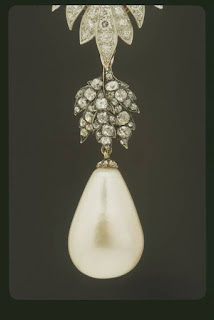Being February, the subject of health, particularly the way to cope with colds and flu, is of great interest. In western medicine, we visit the doctor, or have a chat with a pharmacist. What did they do before modern medicine became available? Home remedies such as willow bark tea or a fever drink, a plaister for a sore throat (a warm wrap for the throat, accompanied by a mixture of honey, juice of houseleek and a little alum blended and taken on a liquorice stick) were possibilities. There was even a specific Recipe to cure a Cold in THE COMPLEAT HOUSEWIFE (containing Venice treacle [also known as theriac, a concoction going back to the Middle Ages of fermented herbs, animal parts, opium and honey], powdered snake root, powdered saffron, hartshorn, and syrup of cloves).
One popular remedy for colds and fevers was the posset.
 |
| Silver posset pot, London, England, 1698 |
Possets go back well before the Georgian or Victorian eras. The name itself goes back to the 15th century. Lady Macbeth slipped her drug into the guards’ possets in Shakespeare’s play Macbeth (Act II, Scene 2). King Charles I was supposedly given a posset by his physician in 1620. A similar word possenet or postnet refers to a small pot or sauce pan, which would have been a practical utensil for making a posset. In 1554, the Spanish ambassador gave Queen Mary I and her husband Philip of Spain a posset set that contained vessels for mixing and serving the possets and for the ingredients needed as a betrothal gift. Such sets could be made of silver, porcelain or pottery and were very popular, and are highly valuable today. (Queen Mary’s set was made of crystal, gold and gems.)
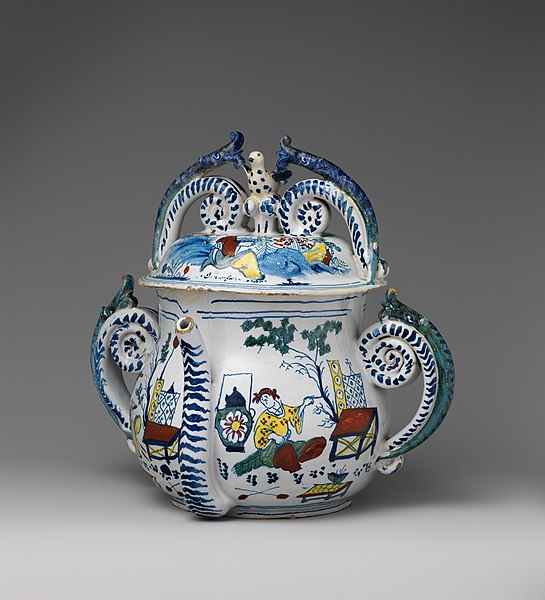 |
| Posset pot with cover, tin-glazed earthen ware |
The basic ingredients for a posset include milk or cream, eggs and some kind of alcoholic beverage. At its simplest, it appears that a posset would have been a creamy and nourishing beverage, soothing to a sore throat. There are a number of recipes for possets.
In ELINOR FETTIPLACE’S RECEIPT BOOK, her recipe (which may have come from her mother and go back years before 1647 when she left her book to her niece) contains cream brought to the boil, with egg yolks, nutmeg, sugar and breadcrumbs blended in together. Left to stand before the fire, it would thicken and curdle, at which sack (a fortified wine from Spain or the Canary Islands) and ale were blended it. This may have been more of a custard than a beverage, depending on the quantity of breadcrumbs used (and the taste of the cook).
In A SIP THROUGH TIME A Collection of Old Brewing Recipes, several recipes from 1669 appear. They range from a plain ordinary posset containing no spices, to more elaborate recipes including cinnamon, nutmeg, and ambergris (an excretion from whales found on the beach), and no thickener. These recipes would have resulted in a creamy beverage. There were also recipes with added thickeners including breadcrumbs (as used in Mrs. Fettiplace’s recipe) or French barley. The added thickeners would result in a heavier, more custard-like consistency. The alcohol used in these recipes was primarily Sack wine, varied with muscadine, which were blended with Rhenish or white wine sometimes. Ale did not appear in these recipes.
Eliza Smith included a couple of recipes for posset in her THE COMPLEAT HOUSEWIFE (16th edition, published in 1758), neither of which contained added thickeners. (The quantity of eggs alone would have been sufficient to form a custard consistency.) Both seem to have been designed to be eaten at the table.
Elizabeth Raffald’s THE EXPERIENCED ENGLISH HOUSEKEEPER of 1769 included instructions to temper the wine with hot cream or milk to prevent the posset from curdling. Mrs. Raffald included six recipes using Sack or Lisbon wine, brandy, or ale. She also featured a lemon posset that includes the juice of a lemon, Mountain wine, and orange flower water or French brandy. Although the sack, brandy and wine possets were dishes to be served with toast or tea wafers and eaten, the lemon, almond, and ale possets appear to be more of a beverage or soup consistency.
 |
| Posset cup, silver decorated with repouse work, 1764-1765, |
Mistress Margaret Dods’ COOK AND HOUSEWIFE’S MANUAL from the mid-1820’s included a sack posset with cream thickened with grated sweet biscuits (cookie crumbs) which was sweetened and spiced with cinnamon and nutmeg; a variation used milk and eggs (instead of the cream and crumbs). Her instructions include warming the wine before adding it. She recommended “pour it quickly from one vessel to another till perfectly smooth....”(1) (Based on these instructions, a consistency similar to modern eggnog or a bit thicker might be expected). There was also an ale posset thickened with breadcrumbs and sweetened but not spiced. This one is ready to be served when the head (curd) rises, so a spoon would have been helpful.
Instructions with these recipes, especially the earlier versions, allow a cook a great deal of leeway in preparation. For the wealthy, the exotic spices, sugar and wine would have been easily procured. For those of lower income, ale and honey could have been substituted. It can be made with or without eggs. A variation of the posset would have been available to many households to provide a measure of warmth and comfort to a family member suffering from a fever or a cold. A posset would also be a welcome and soothing treat, especially if particular tired or distressed.
.jpg/466px-Lemon_posset_with_almond_bread_(295848437).jpg) |
| Lemon posset with almond bread |
Possets are still enjoyed today as a dessert. A simple internet search will generate numerous recipes for possets for the modern cook. (Lemon posset seems to be particularly popular these days.) With a consistency somewhere between a pudding and a custard, the posset can be found on menus and tables. Even though we would not consider them a medicament, their soothing sweetness is still enjoyed after all these centuries.
(1) Dods, Mistress Margaret. COOK AND HOUSEWIFE’S MANUAL. Page 463.
Image credits
Silver posset pot, London, England, 1698, Science Museum, London, Wellcome Images (CC BY 4.0) http://wellcomeimages.org
Posset pot with cover, tin-glazed earthen ware (British, Bristol, early 18th Century) Metropolitan Museum of Art / CC0
Posset cup, silver decorated with repouse work, 1764-1765, Wellcome Library, London. (CC BY 4.0)
Lemon posset with almond bread by jules, CC BY
Sources include:
Dods, Mistress Margaret. COOK AND HOUSEWIFE’S MANUAL. First published 1829 by Oliver & Boyd, Edinburgh. This edition was published in 1988 by Rosters Ltd., London.
Raffald, Elizabeth. THE EXPERIENCED ENGLISH HOUSEKEEPER. First published 1769. This edition was published in 1997 by Southover Press, Lewes.
Renfrow, Cindy. A SIP THROUGH TIME A Collection of Old Brewing Recipes. 4th printing April 2008.
Smith, Eliza. THE COMPLEAT HOUSEWIFE. The Sixteenth Edition, with Additions. First published in 1758. This edition published 1994 by Studio Editions Ltd., London.
Spurling, Hilary. ELINOR FETTIPLACE’S RECIPT BOOK. Published 1986 by Penguin Books Ltd., Harmondsworth.
Britishfoodhistory.com “Possets” posted April 28, 2012.
Theguardian.com “Historic recipes: Sack posset, a rich pudding to cure all ills” by Regula Ysewijn, posted April 7, 2016.
Pepysdiary.com “Posset”. (Copied from Wikimedia 12 February 2020).
~~~~~~~~~~~
 Lauren Gilbert lives in Florida with her husband. Her first book, HEYERWOOD: A Novel was published in 2011. She has articles in CASTLES, CUSTOMS AND KINGS volumes 1 and 2. She has just released her second novel, A RATIONAL ATTACHMENT, and is working on a non-fiction book. Visit her website or her Facebook author page for more information.
Lauren Gilbert lives in Florida with her husband. Her first book, HEYERWOOD: A Novel was published in 2011. She has articles in CASTLES, CUSTOMS AND KINGS volumes 1 and 2. She has just released her second novel, A RATIONAL ATTACHMENT, and is working on a non-fiction book. Visit her website or her Facebook author page for more information.


























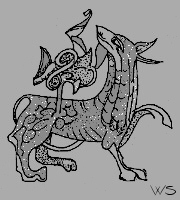

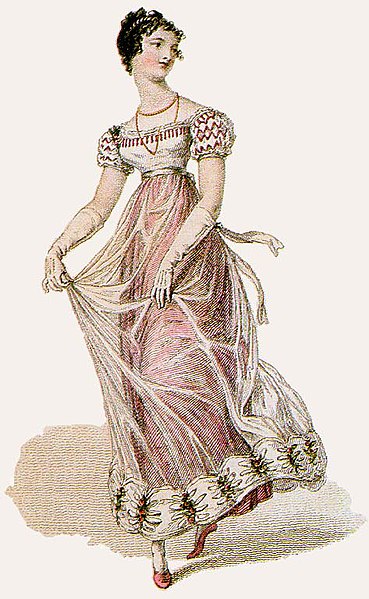

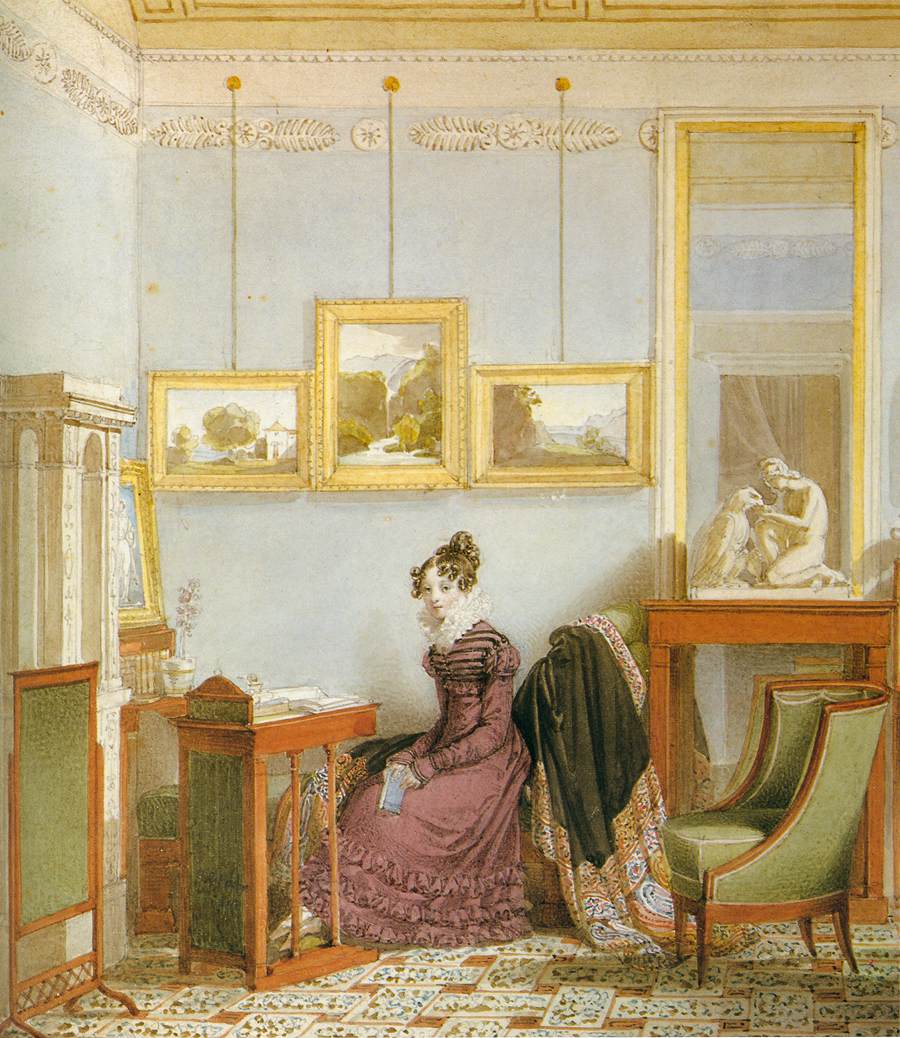

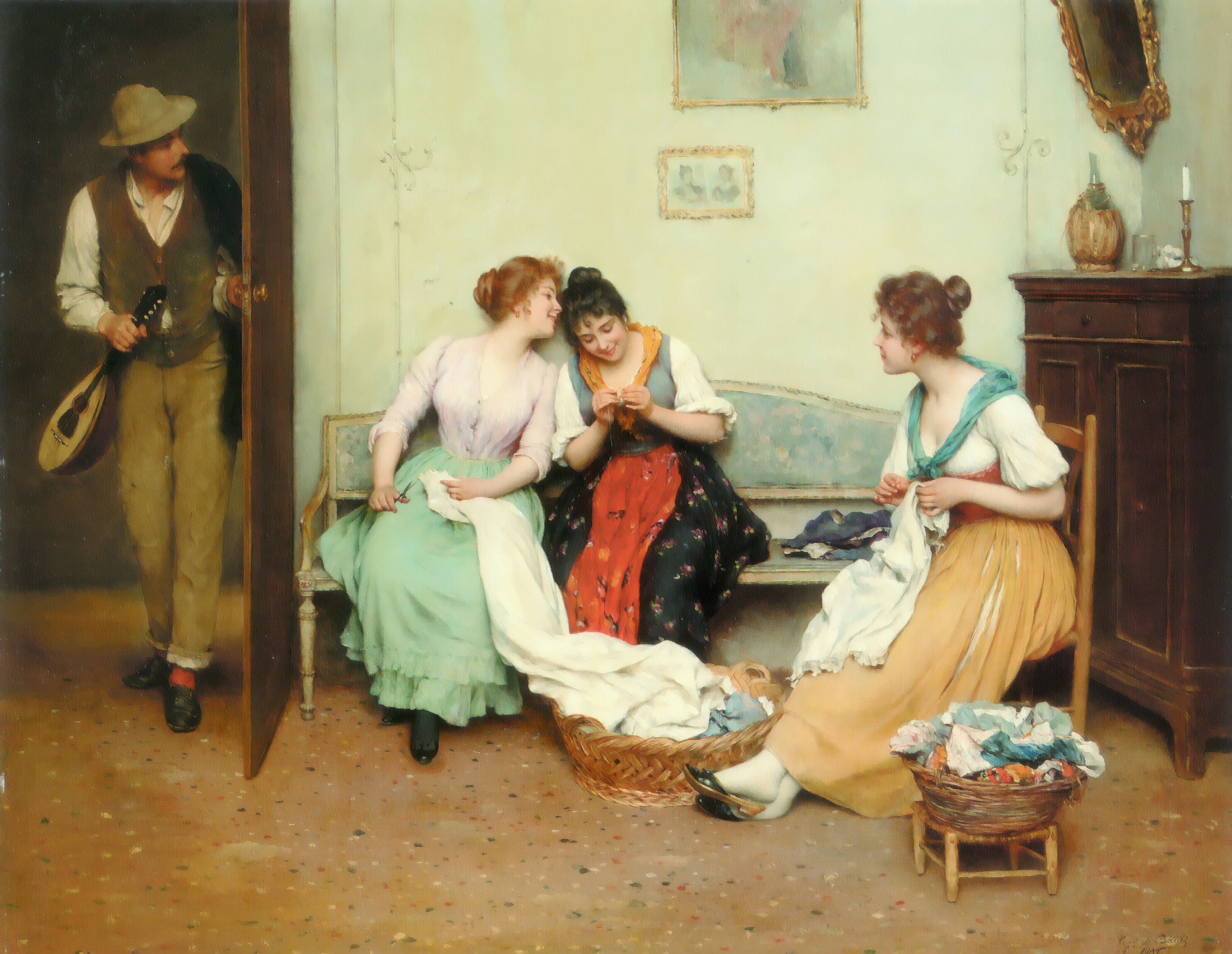
_after_Horemans.jpg)






